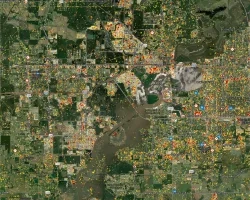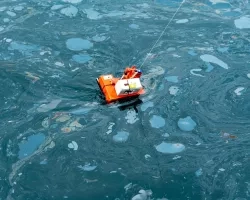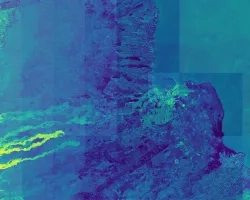Volcanic eruptions are among the most significant hazards to human society, capable of triggering natural disasters on regional and global scales. Recent eruptions also indicated their potential to disrupt air traffic and cause significant damage to the global economy. In the last decade, remote sensing has become established in operational forecasting, monitoring, and managing of volcanic hazards. Many of the current remote sensing methods have been pioneered at the Alaska Volcano Observatory (AVO), which operationally monitors volcanoes in Alaska and across the North Pacific. Due to the vastness of its area of responsibility and with a world-leading expertise in remote sensing, AVO is currently the leading volcano observatory in the use of remote sensing in day-to-day operations. AVO has specifically demonstrated the benefit of optical and thermal remote sensing in forecasting and monitoring of volcanic hazards, providing 'situational awareness' of impending volcanic activity where ground observations are not available. Optical and thermal imagery is currently used to identify precursor signals, detect eruption plumes/clouds, and map lahars and lava flows. For many areas, remote sensing is the only source of information for determining a volcano s pre-eruptive activity and coordinate responses to volcanic eruptions. However, the presence of clouds and a dependence on solar illumination are limiting the performance of current systems. In this study, we will advance the accuracy and reliability of volcanic hazard mitigation through the addition of spaceborne radar to AVO's operational monitoring. The weather and illumination independence of radar will advance AVO's skills to predict, identify, monitor, and respond to natural disasters. In an analysis of past eruptions, we will demonstrate the benefit of radar for monitoring volcanic hazards. Specifically, we will address the proposition that the addition of radar enhances the capabilities of activity detection and eruption forecasting, and improves the accuracy and timeliness of eruption alerts.


